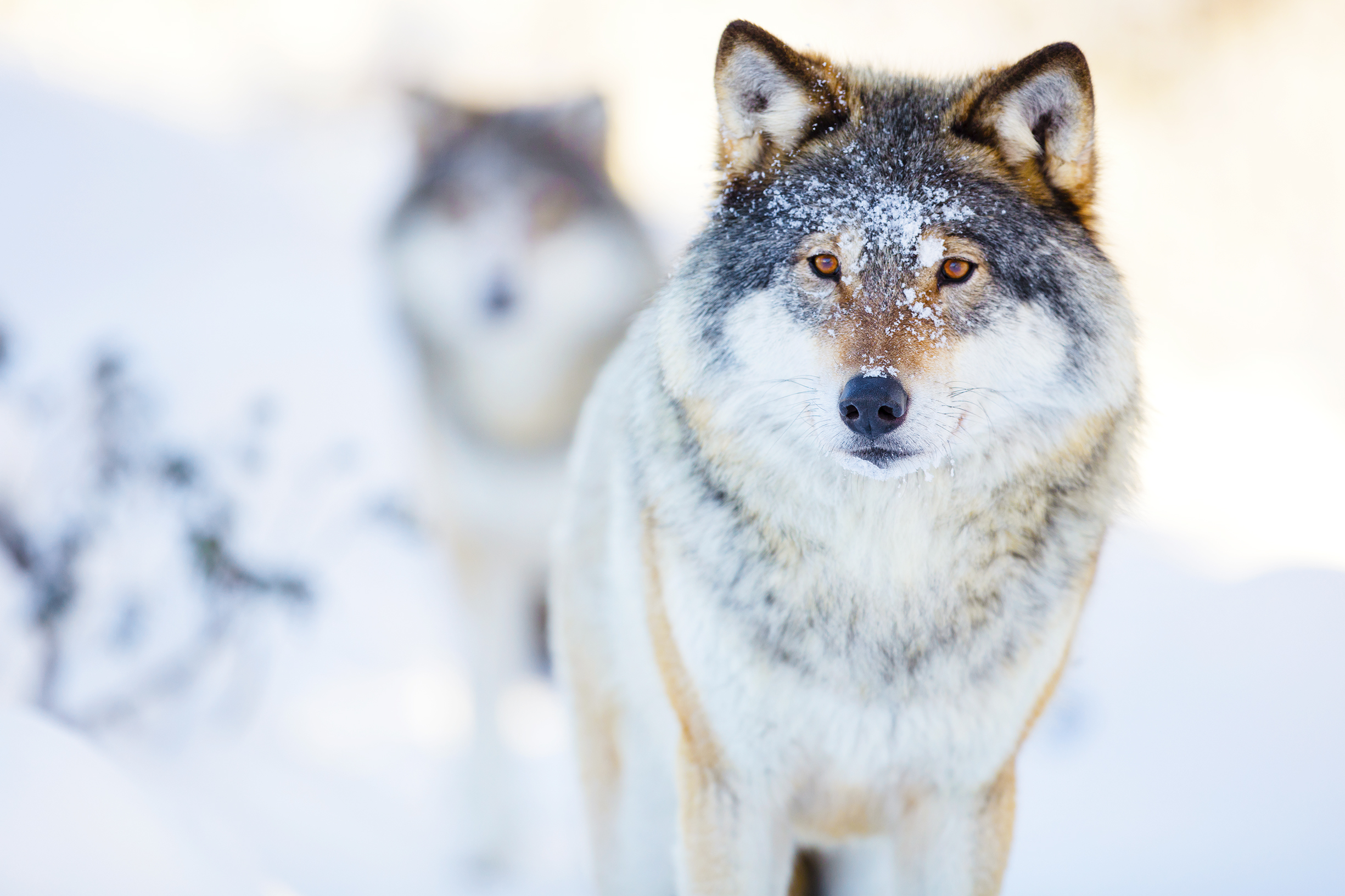10 Surprising Ways Animals Use Scent to Send Messages
In the grand web of life, communication is one of the most vital connections that bind ecosystems together. While humans rely heavily on words and visual cues, animals have developed an astonishing range of ways to exchange information—one of the most intriguing being scent. This invisible language goes far beyond just leaving a trail; it’s a powerful tool that can warn of danger, attract a mate, stake a claim, or even strengthen social bonds. In this article, we’ll dive into ten fascinating ways animals use scent to interact with their world. Let's get started!
1. Territorial Marking: The Scent of Ownership

Territorial marking is one of the most direct ways animals use scent to communicate. From lions to wolves, many species rely on scent glands to stake their claim, leaving behind invisible but unmistakable boundaries. These chemical signals aren’t just warnings to trespassers—they’re personal signatures, carrying unique information about the individual who left them. Wolves, for example, use urine to define their territory, sending a clear message to rival packs while reinforcing unity within their own. It’s a system that helps maintain order without constant physical battles, letting scent do the talking instead. By laying down these olfactory markers, animals can establish dominance, protect valuable resources, and keep unnecessary conflicts to a minimum.